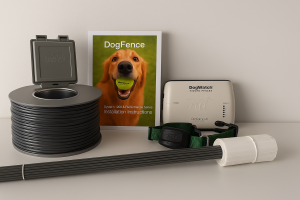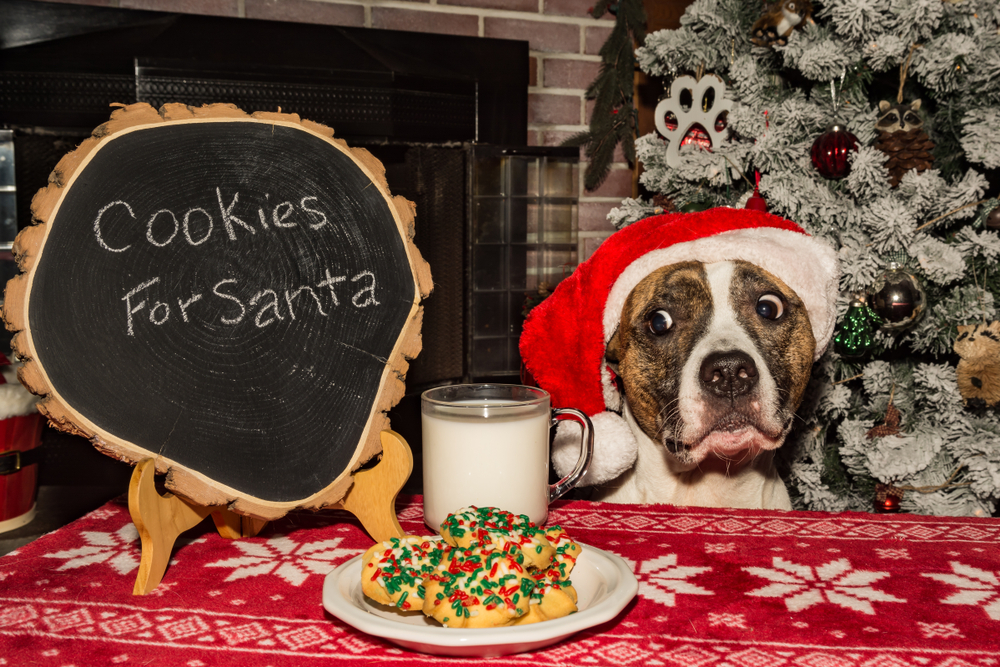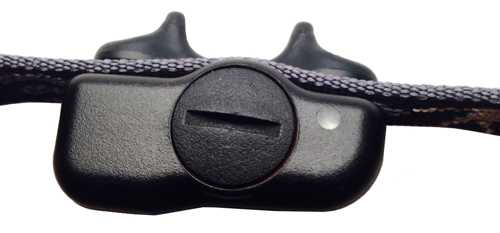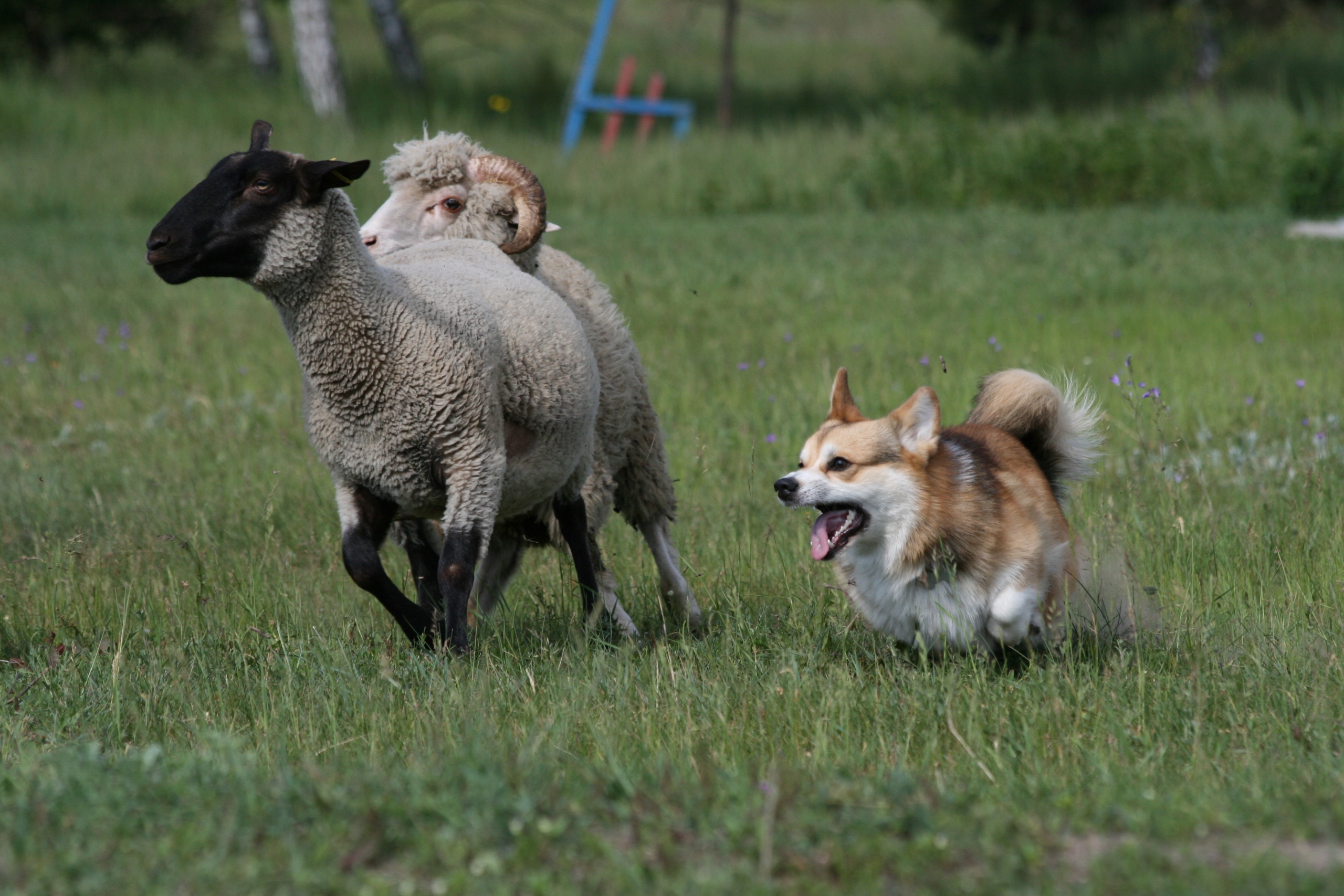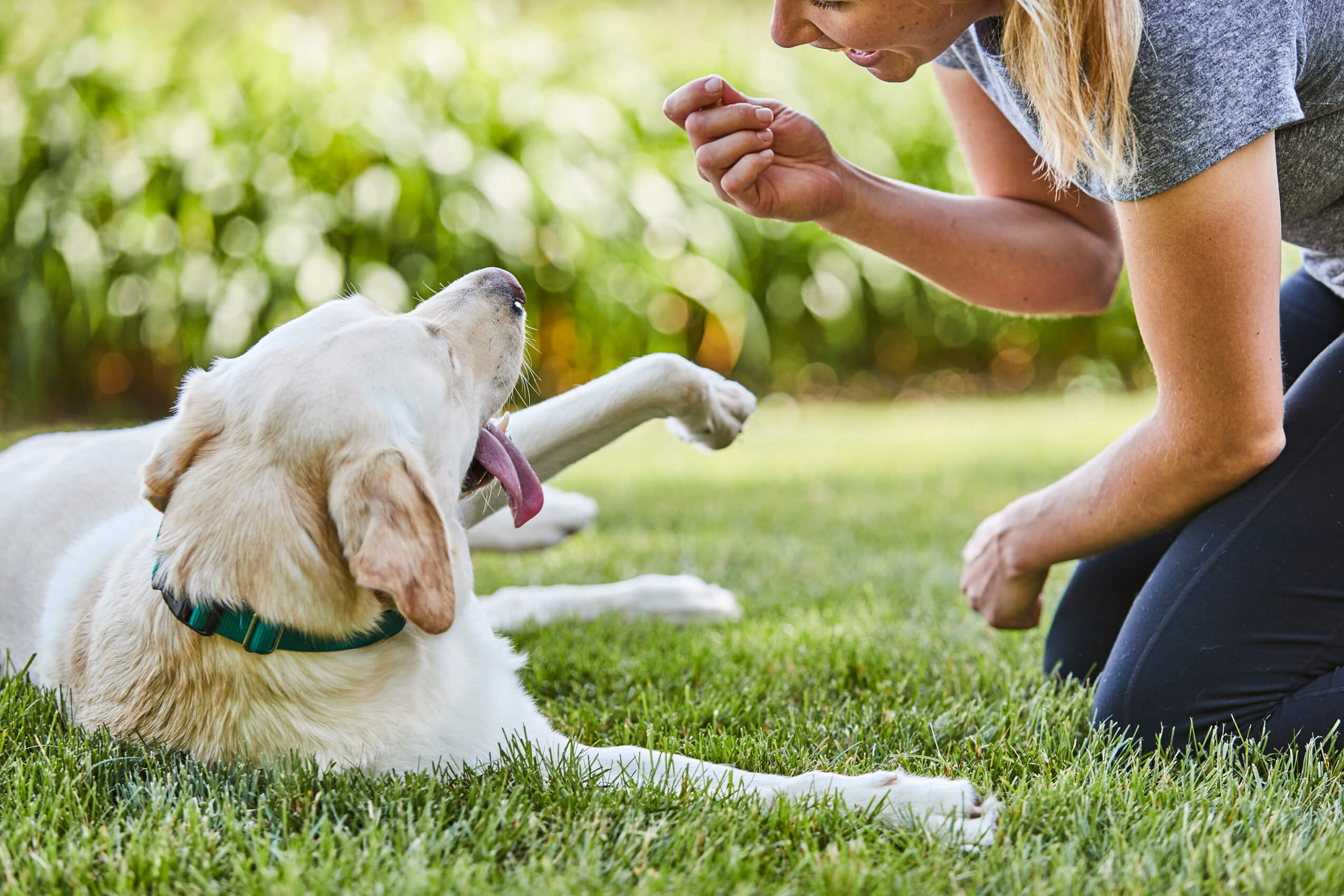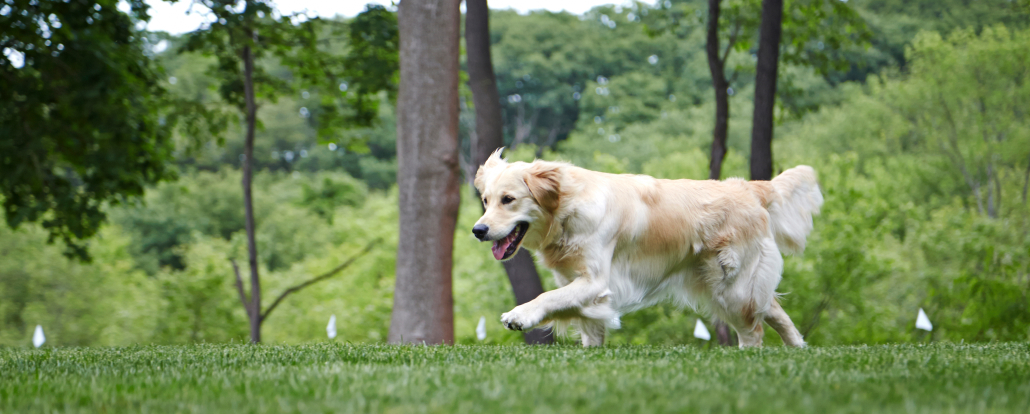Puppy Electronic Fence Training Age | DogFence UK Guide
/in dog advice/by Sam ChapmanWhen Can a Puppy Start Training with an Electronic Fence? A Comprehensive Guide
Dog Fences, aka electronic fences, or invisible fences, offer a safe and effective way to contain your dog within your property. However, when it comes to puppies, it’s crucial to understand the appropriate age and developmental stage before introducing them to the electronic fence. Starting too early can be detrimental their long-term uptake on the “fence”. This comprehensive guide, from DogFence UK, will help you determine the right time to begin electronic fence training with your puppy, built upon our pioneering expertise in both installation and training.
The Importance of Age and Development for Successful Training
Puppies are still developing physically and mentally. Introducing electronic fence training too early can lead to:
Anxiety: A puppy may not understand the correction and become fearful of the boundary or even the entire garden.
- Confusion: They may not be able to associate the warning tone and correction with the boundary effectively.
- Long-Term Behavioral Issues: Negative experiences early on can lead to lasting anxiety or avoidance behaviors.
Beyond just age, your puppy needs to have some fundamental skills in place. They must be walking comfortably on a lead and consistently accepting basic verbal commands like “come,” “sit,” or “no.” These foundational skills are crucial for effective communication during the training process.
The Recommended Age: 4-6 Months and Beyond
Generally, it’s recommended to wait until a puppy is at least 4-6 months old before starting electronic fence training. This age range ensures they have:
- Sufficient Cognitive Development: They are better able to understand cause and effect and associate the warning tone and correction with the boundary.
- Improved Bladder and Bowel Control: This is important for minimizing accidents during the training process.
- A Level of Maturity: They are less easily overwhelmed or stressed by the training.
Important Note: Even at 4-6 months, each puppy develops at their own pace. Consider these factors:
- Breed: Some breeds mature faster than others.
- Temperament: A more sensitive puppy may require a slightly later start.
- Training Foundation: Ensure your puppy has a solid foundation in basic obedience commands before introducing electronic fence training.
The Crucial Role of Training Flags
Training flags are absolutely crucial for your puppy’s success with an electronic fence. They provide a vital visual cue that helps your puppy understand where the invisible boundary lies.
- Initial Training: During the initial training phase, flags mark the exact perimeter of the warning zone, allowing your puppy to visually associate the flags with the tone and, later, the correction.
- Adding a New Puppy to an Existing System: If you’re introducing a new puppy to an existing DogFence system, you must reinstall the flags. Even if older dogs no longer need them, the puppy requires this visual aid for clear understanding.
- Flag Density: Ensure you have sufficient flags. We recommend a minimum of 1 flag every 8-10 feet (approx. 2.5 – 3 meters) around the entire boundary. This density provides clear, consistent visual markers for a young, learning dog.
- Mail Order Systems: For mail-order only systems, verify that the flags are a minimum of 12 inches tall and that you have between 20-25 flags per 100 meters of cable supplied. This ensures adequate visibility and training effectiveness.
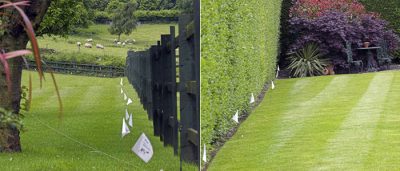
DogFence UK: Pioneers in Containment & Our Unique Containment Promise
DogFence Ltd. pioneered the concept of both installing electronic dog fences and providing expert, hands-on dog training to the fence here in the UK. Getting puppy boundary training right from the start is essential for helping young dogs understand garden limits safely and confidently.
This integrated approach sets us apart, ensuring not just a technically sound system, but a truly effective containment solution tailored to your dog. We are the only UK company to offer a unique Containment Promise – a testament to our confidence in our systems and our training methodology.
While some might find it amusing, this promise comes with simple, yet vital, provisos. Meeting these criteria ensures the system’s effectiveness and your peace of mind:
- Collar Must Be Worn: The dog must always wear the collar when he or she is in the garden. If your dog escapes and was not wearing the collar, it is not our responsibility – the collar is the key to their safe boundary.
- Authorised Working Battery: The owner agrees to keep an authorised working battery in the collar. Cheaper imitation batteries do not last as long and, more critically, can cause damage to the omni-directional antenna in the collar, effectively disabling it and compromising your dog’s safety.
- Correct Collar Fit: The collar fit must be correct. If the collar is too loose and dangling off the dog like a necklace, it becomes merely a fashion accessory and not a containment collar. A proper fit ensures the contact points can deliver the correction effectively and safely.
If these three crucial criteria are consistently met, and your dog begins to challenge the fence, we will re-visit and re-train your dog free of charge (FOC). This commitment underscores our dedication to your dog’s safety and your satisfaction.

Puppy Boundary Training: Why Age and Development Matter
Puppy boundary training is about helping young dogs learn where they can go, not punishing them for curiosity. At this early stage, puppies are still developing their ability to link cause and effect, which is why calm guidance, clear visual markers, and consistency are so important. When puppy boundary training is introduced at the right age and paced correctly, it becomes a positive learning experience that builds confidence rather than anxiety. By combining visual training flags, lead guidance, and gentle reinforcement, puppies learn to recognise and respect their safe area long before the electronic boundary ever becomes “invisible” to them.
Simple Steps for Training your Puppy to the Dog Fence
When your puppy is ready and you have your flags in place, introduce the electronic fence training gradually and use positive reinforcement techniques:
- Collar Acclimation: Let your puppy wear the collar (turned off) for short periods to get used to it.
- Boundary Awareness with Flags: Walk your puppy on a lead near the boundary flags. As they approach the flags, praise and reward them lavishly for staying within the safe zone, using your basic verbal commands.
- Tone Association: Introduce the warning tone as they near the flags, immediately guiding them back and rewarding them for responding correctly (e.g., backing away from the flags).
- Correction Introduction (with care): Only introduce the static correction at a very low level, ensuring it’s just enough to get their attention and make them stop, not to cause pain or fear. Closely observe their reaction and ensure a proper collar fit.
- Consistent Training Sessions: Keep training sessions short (5-10 minutes), positive, and consistent (several times a day). This consistency is vital for your puppy to fully grasp the boundary concept.
- Positive Reward: Always make your sessions fun and upbeat and give plenty of reward and praise at the end of the session.

Praise and reward are an important stage of puppy training to an electronic dog fence
Consulting Your Vet
Always consult with your veterinarian before beginning electronic fence training with your puppy. They can assess your puppy’s individual development and provide personalised recommendations, ensuring their health and well-being are prioritised.
Conclusion
Introducing electronic fence training at the right age, with the proper prerequisites, and with the vital aid of training flags, is crucial for your puppy’s safety and successful containment. By trusting in DogFence UK’s pioneering expertise, leveraging our adjustable systems, adhering to the simple criteria of our Containment Promise, and committing to positive, consistent training, you can help your puppy learn to respect the boundaries and enjoy the freedom of your garden safely for years to come.
Ready to secure your puppy’s freedom with a DogFence system?
Thinking About a DogFence for Your Puppy?
We’ll help you decide the right age, the right system, and the right training approach for your puppy.






